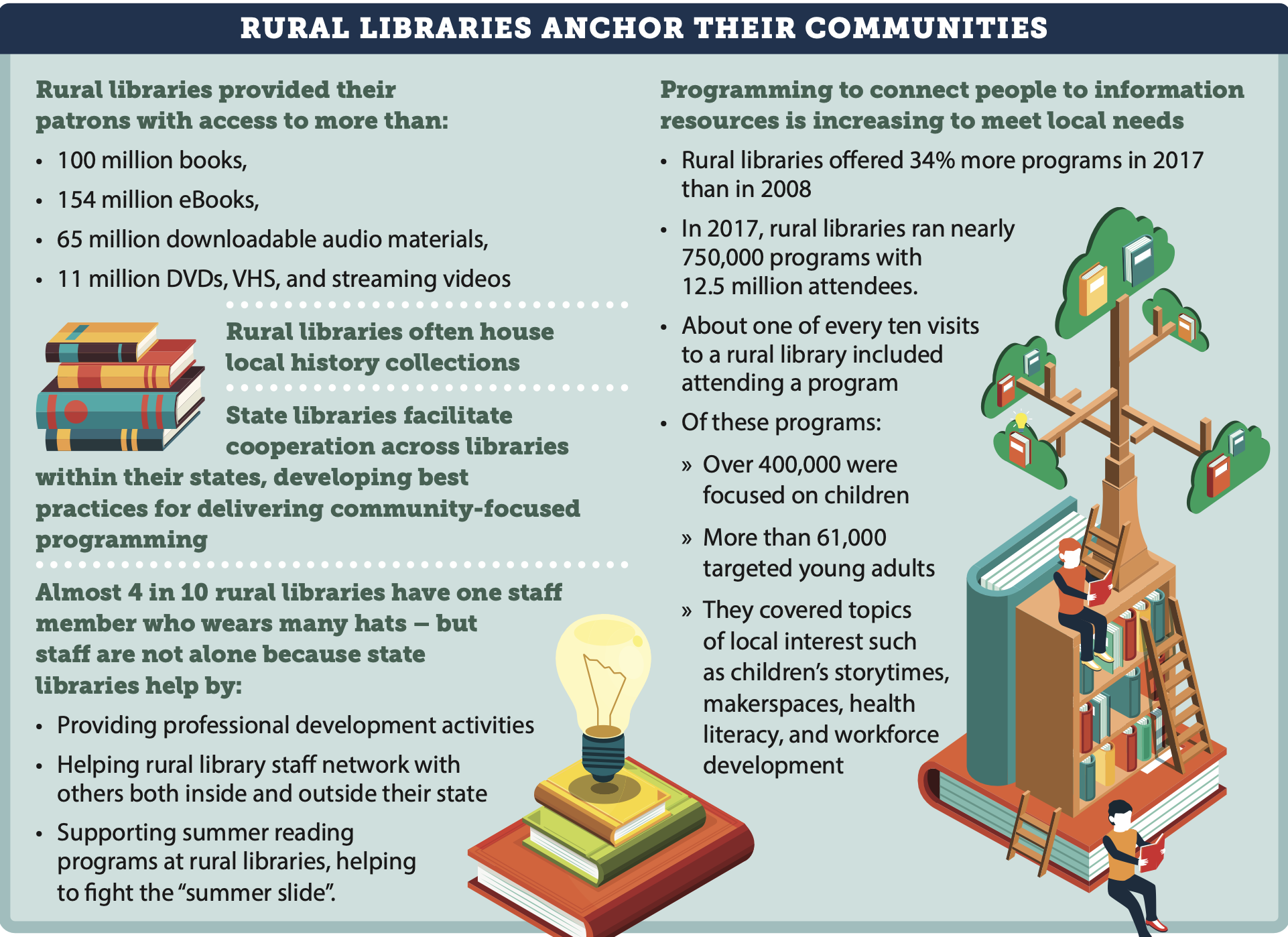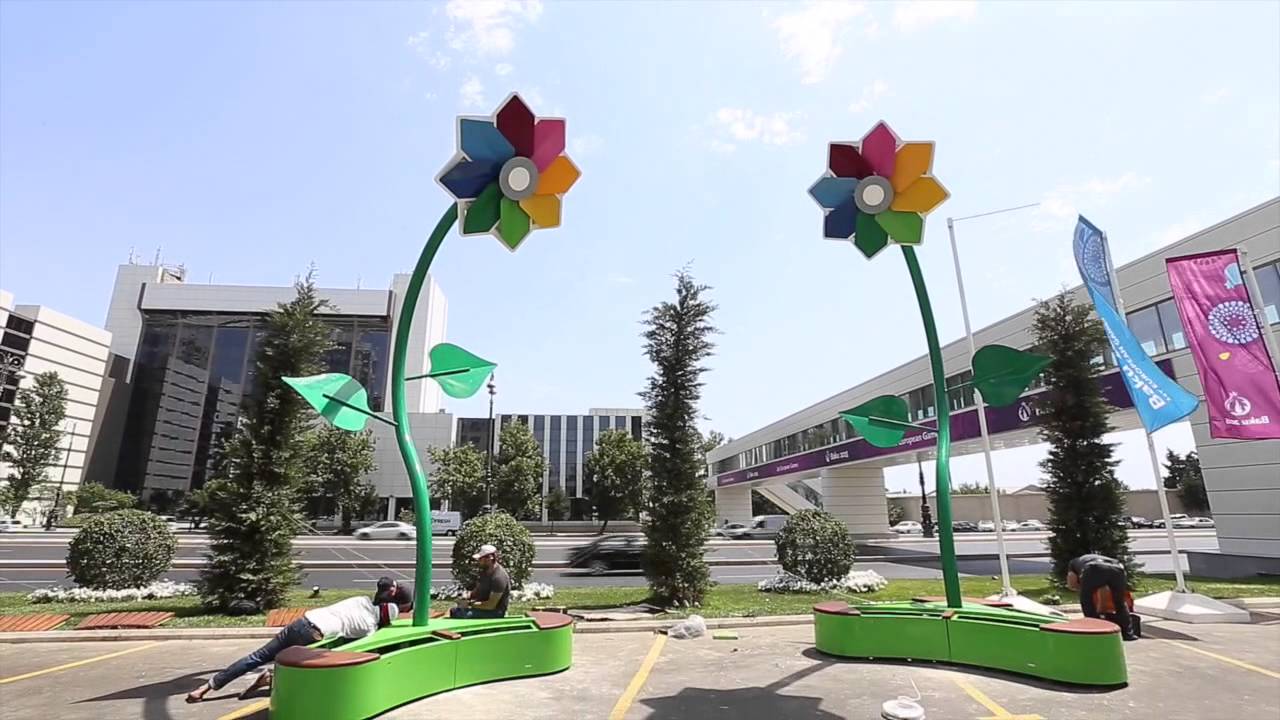If there is one thing the early years of the pandemic shutdown brought into sharp relief is the fact that location is more of a sense of space than one of place. Jobs, schools, services, and resources moved from physically fixed to virtually available en masse and it was no different for libraries, big and small, across the United States. The hyperlinked library model left many library systems well-poised to embrace the need swiftly and capably. As noted by Stephens,
“Hyperlinked library services are born from the constant, positive, and purposeful adaptation to change that is based on thoughtful planning and grounded in the mission of libraries. Librarians embracing the hyperlinked model practice careful trend spotting and apply the tenetsof librarianship along with an informed understanding of emerging technologies’ societal and cultural impact.” (2014).
But just as physical places are limited by the ability of patrons to access them, virtual spaces are no different. A physical place might be in a transportation desert or have inadequate provisions for people who use wheelchairs, but virtual resources require both equipment and a signal. Ford writes that in the 21st century information has become a “commodity” itself and that without “access to information and the knowledge of how to use it, people will become second-class global citizens.” (2028). The Pew Research Center found in 2019 that there is a huge disparity in mobile phone ownership globally.
Across the country, libraries noticed the dearth of access and have risen to the challenge. In Las Vegas the libraries had an amazing solution. In 2022, the library system received grant funding to create a “Cellphone Lending Program.” These devices “are being loaned for an 18-month period, have unlimited calls and 5G hotspot capability. Each phone was programmed with more than 50 social service provider contacts, offering easy assistance for food, health care, housing, and other general services, as well as five of the most used library apps.” (Watson, 2023). At the end of 2023, they published outcomes based on client surveys and found that 80% of clients use these to access social services, 78% have used them to apply for jobs, and for 82% it is their only link to the internet. (Pew Research Center).

Similarly, Pew more recently found that in the US, ownership has increased significantly to 97% of the population own either a cell phone or smartphone but that of smartphone owners, 15% of U.S. adults are “smartphone-only” internet users – meaning they own a smartphone, but do not have home broadband service. (2024).
The ability to have consistent access to reliable high-speed internet, or broadband, is just as critical as having devices that can connect to the internet at all. This access is essential for everyday life needs such as schoolwork, employment, banking, medical information, engaging with friends, family, and community, and so much more. There is an enormous lack of digital equity in the US.
Libraries have been on the forefront of ensuring access for their patrons and their communities. The Anaheim Public Library (APL) found that during the Covid lockdown “families were gathering outside branches to use library Wi-Fi, particularly during school hours.” (2021). In “APL expanded Wi-Fi hours to 8 a.m.–10 p.m. A grant from the Samueli Foundation and support from the Mobile Family Resource Center Project helped APL outfit its Mobile Library to serve as a Wi-Fi hotspot in neighborhoods identified as high priority because of low internet access.”
Among the most impacted by digital inequity are rural communities. The Institute of Museum and Library Services (IMLS) stated in 2017 that “rural libraries serve approximately 30 million Americans.”

In 2020 California passed legislation to address the disparity across the state, Broadband for All, which includes a Digital Equity Plan, and many library systems in rural CA participated in assessment and planning efforts.
Some libraries have come up with truly innovative solutions for addressing the need for reliable high-speed service, such as these efforts in parts of Oklahoma, Michigan, and Louisiana which installed solar powered wi-fi benches around their communities which “provide free Wi-Fi and charging stations. In this case, benches also advertise library resources via QR codes, which direct users to a digital collection of popular ebooks, audiobooks, magazines, and other media available on the Libby app.” (Furbee, 2023).
The American Library Association (ALA) has developed the Libraries Transforming Communities grant initiative for small and rural libraries, funding 310 libraries since 2023. Though not exclusively focused on issues of digital equity, these provide an ideal opportunity to explore innovative solutions such as these benches that bring the library to the community, anywhere, anytime.

While physical places will always be central to the mission of libraries–people need places to mingle and interact and even take refuge from the chaotic world at times, after all–libraries can further their mission of providing resources and information to their communities that expand beyond such fixed locations. Taking leadership in the push for digital equity in their areas and creating innovative solutions to leverage these resources to help community access flourish are critical steps libraries can take to elevate lifelong learning and remain essential to the heart of their communities.
References
Ford, B.J. (2018). LIS Professionals in a Global Society. In K. Haycock & M.J. Romaniuk (Eds.), The portable MLIS: Insights from the experts. (pp. 416-473). Libraries Unlimited.
Furbee, B. (2023). “Sit and Surf: High-tech benches bridge digital divide.” American Libraries. https://americanlibrariesmagazine.org/2023/05/01/sit-and-surf/
Peet, L. & Schwartz. M. (2021). “Anaheim Public Library Is Here for You | Gale/LJ Library of the Year 2021.” Library Journal. https://www.libraryjournal.com/story/libraryoftheyear/Anaheim-Public-Library-Is-Here-for-You-Gale-LJ-Library-of-the-Year-2021
Pew Research Center. (2019). https://www.pewresearch.org/global/2019/02/05/smartphone-ownership-is-growing-rapidly-around-the-world-but-not-always-equally/
Pew Research Center. (2024). https://www.pewresearch.org/internet/fact-sheet/mobile/
Stephens, (2014). https://tametheweb.com/wp-content/uploads/2014/07/Stephens_ServingtheUser_HyperlinkedLibraries.pdf
Watson, K. (2023). Libraries on Call: Smartphone lending program bridges technology gaps. American Libraries. https://americanlibrariesmagazine.org/2023/03/01/libraries-on-call/
Similarly, I really like the idea of the library expanding beyond the one building. Bookmobiles are great, but limited. With the electronic check-out, it would be awesome to have book vending machines in public places. Insert library card, out pops book. Put them in hospital waiting rooms, the DMV, public parks…
I absolutely love the idea of a book vending machine where you just put in your card! A book, some kind of card based game. I think particularly in your example of a hospital or a park. We don’t always want to be on our devices, and, as mentioned in the post, not everyone has devices that have the capacity to handle full access to digital materials.
@matilda this was such a fun and informative post. I’m going to hone in on a Fleetwood Mac reference that I actually made Friday at my talk in Illinois. What’s the Fleetwood Mac song that could represent how we want to be available for our public. “I want to be with you everywhere!” 🎶